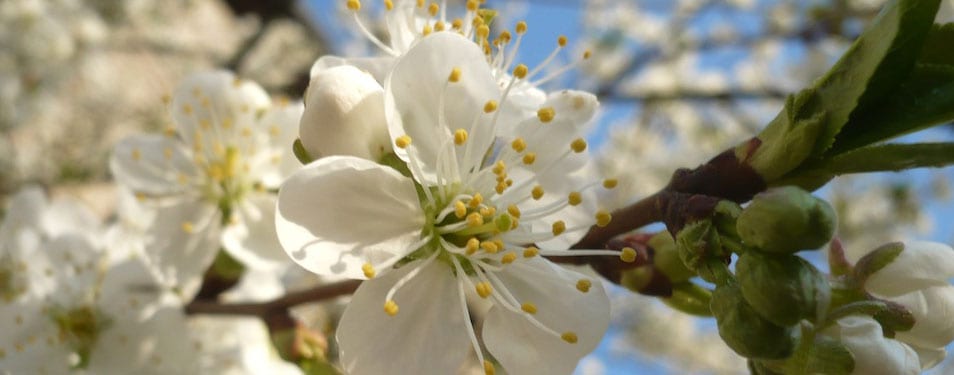If you want to resolve a problem in your life, surrender to it. This will cut off its energy supply. Every one of your problems feeds on your resistance. Nothing else. Follow it to the place it loves. There you will find its source. You will even find that it loves you. Then it loses its label of ‘problem’. It becomes a thing, one form among many. Perhaps it will return as a challenge from time to time, or perhaps you will forget it altogether. This is what we call a ‘solution’.
I call the inner process ‘seeing’. Seeing is devotion to what you are looking at. Seeing is expecting love in everything that is, even its apparent opposite. Love is in everything that is. Otherwise it would not be there. Without love there is nothing, for love is the essence of all that is. The opposite of apparent love is always blind love. It does not see what is now, but remains fixated on what was in the past and on whatever it experienced as a threat at that time. It does not yet know that the threat has passed. When it is seen and recognised as love, it loses its blindness and becomes seeing itself. This can be seen very clearly in the [intlink id=’1629′ type=’post’]Life Integration Process[/intlink].
Seeing as devotion – this way of looking at something (perhaps a client’s problem or your own) and expecting (possibly blind) love in it is fundamentally different from what we normally do when we see. Normally ‘seeing’ is nothing more than ‘classifying’. At the moment of perception, we associate what we see with an internal system of order. This system is already there. It is part of our security apparatus, its ‘reception department’, so to speak. This organising system immediately compares all incoming perceptions with the available wealth of experience and assigns them to the most plausible patterns.
We have not personally installed most of our ‘reception department’, i.e. our experiences and the associated patterns of order and response. It is part of our collective biological and cultural evolution. It is inscribed in us like a programme; we find it there, so to speak. Our individual experiences and coping strategies add to and slightly vary what we find. These patterns act as a filter, a kind of censorship.
As a result, we almost never receive the original signal of our immediate perception, but rather what has been filtered through the patterns. So we don’t see what we ‘see’, but what we habitually perceive, sense, feel and think according to our safety patterns. We always think, feel and sense exactly what once enabled us to survive when dealing with subjectively experienced threats. It’s a brilliant trick.
This trick helps us to stay alive. Over hundreds of thousands of years we have practised replacing our immediate perception with the inner images, feelings, thoughts and actions that it triggers. We sacrifice our immediate perception for our safety. This ability has become an evolutionary advantage for the human species. At the same time it is our greatest threat because it separates us from what is real. It confuses the ‘then’, the subjectively experienced threat that has become fixed in experience, with the ‘now’, the relatively safe present moment.
Seeing’ in the sense described above means the exact opposite. It allows our own security apparatus to do its work, but without being disturbed by it. It takes note of the input patterns it suggests, but does not allow itself to be distracted by them. “Learning to see” therefore means unlearning something, namely the fixation on the patterns of our security apparatus. How do you unlearn something? Not by turning away and trying to get rid of it.
You have to look at what you want to unlearn and really let it become part of you. In a word, what you want to unlearn you have to learn to love. Then it relaxes, then it unlearns itself. In order to be able to support other people in a meaningful way as a counsellor, it is certainly helpful to ‘learn to see’ yourself, i.e. to see and feel the blind love at work in your own life. Then ‘seeing’ becomes an inner attitude, first to one’s own life and then to the lives of others. Seeing is devotion to life as it is.




0 Comments